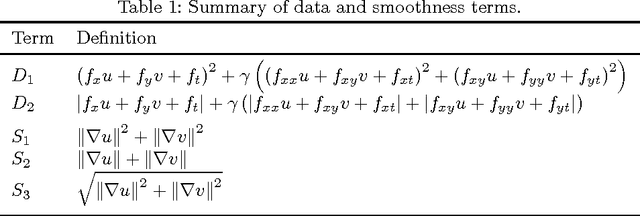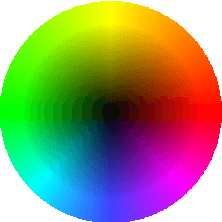Bregman Iteration for Correspondence Problems: A Study of Optical Flow
Paper and Code
Sep 27, 2016



Bregman iterations are known to yield excellent results for denoising, deblurring and compressed sensing tasks, but so far this technique has rarely been used for other image processing problems. In this paper we give a thorough description of the Bregman iteration, unifying thereby results of different authors within a common framework. Then we show how to adapt the split Bregman iteration, originally developed by Goldstein and Osher for image restoration purposes, to optical flow which is a fundamental correspondence problem in computer vision. We consider some classic and modern optical flow models and present detailed algorithms that exhibit the benefits of the Bregman iteration. By making use of the results of the Bregman framework, we address the issues of convergence and error estimation for the algorithms. Numerical examples complement the theoretical part.
 Add to Chrome
Add to Chrome Add to Firefox
Add to Firefox Add to Edge
Add to Edge